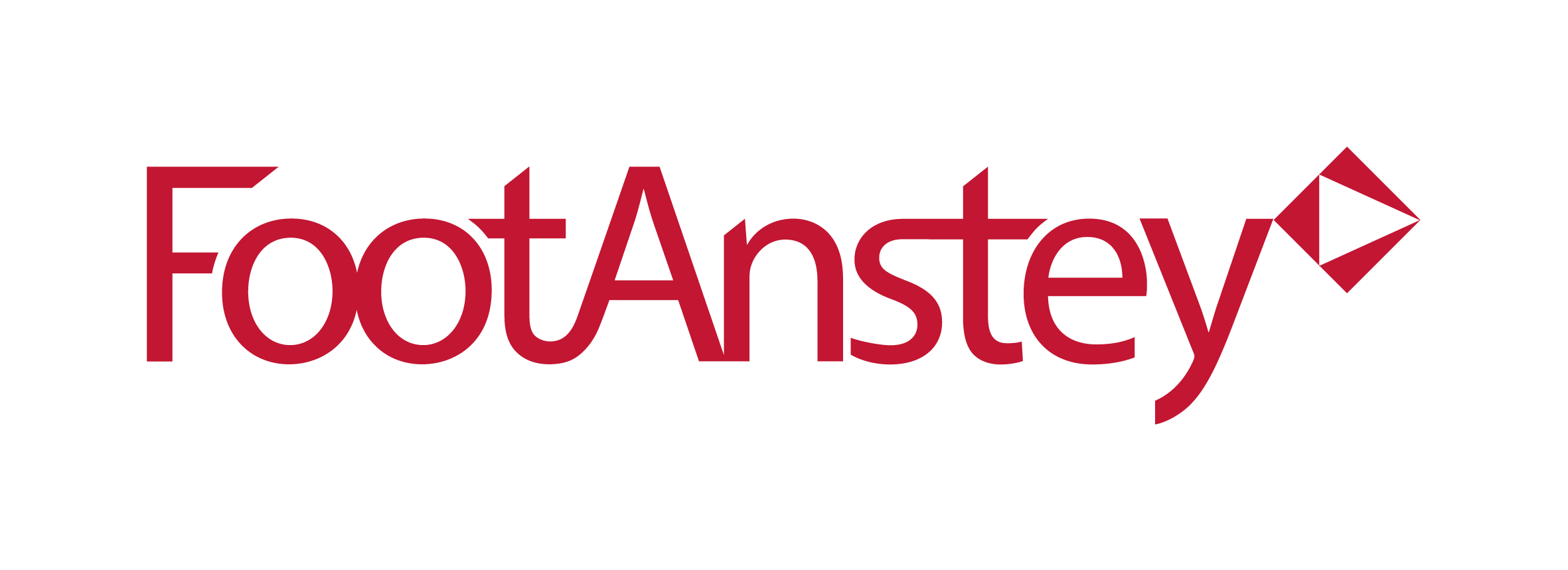
Inheritance tax changes for business owners: Are you prepared?
10th April 2025, 1:38 pm
From April 2026, changes to inheritance tax (IHT) could significantly impact business owners, particularly those relying on Business Property Relief (BPR) to pass shares tax-efficiently. With a new £1 million cap on 100% relief and a 20% tax rate on assets above this, succession planning is now more critical than ever. For SMEs, these changes could affect long-term ownership, investment decisions, and business continuity. Understanding the impact early allows business owners to plan effectively, ensuring tax-efficient transitions while maintaining control and protecting business value for future generations.
Proposed IHT Changes
Individuals
The government is reforming two key reliefs—Agricultural Property Relief (APR) and Business Property Relief (BPR)—while also changing the IHT treatment of pensions from April 2027.
From April 2026, the 100% IHT relief for agricultural and business assets will apply only to the first £1 million of an individual’s qualifying assets, with a 50% relief rate on any value above this. In effect, business assets above £1 million could face a 20% IHT charge, payable in interest-free instalments over ten years.
Unused allowances will likely not transfer between spouses, potentially increasing tax exposure in certain cases.
For example, under current rules, a shareholder with £4 million in qualifying assets benefits from 100% BPR, meaning no IHT is due. Under the new rules, only £1 million qualifies for full relief, leaving £3 million subject to a 20% IHT charge—resulting in a £600,000 tax liability.
Trusts
Trusts holding qualifying shares or agricultural property created before 30 October 2024 will have a £1 million 100% relief allowance for 10-yearly IHT charges. Trusts created after this date may share a single £1 million allowance under current proposals, with further details expected in a technical consultation.
What Should Business Owners Do?
Shareholders and directors should:
- Assess the current value of their business for IHT, including minority discounts.
- Confirm BPR eligibility if assumed.
- Review capital structures to understand potential IHT liabilities.
- Consider existing mitigation strategies, such as will planning or insurance.
Mitigating the Impact
Each business will need a tailored approach, balancing tax efficiency with governance and asset protection. Potential strategies include:
- Gifting shares to the next generation, either outright or under nominee arrangements.
- Settling shares into a discretionary trust to retain control while removing them from the estate. This may be more tax-efficient before April 2026.
- Issuing new growth shares that only gain value above a certain threshold.
- Taking out life insurance policies to cover IHT on gifted or retained shares.
- Transferring shares between spouses to maximize allowances.
- Trustees reviewing affordability of 10-year IHT charges and considering asset transfers if necessary.
Where standard measures don’t sufficiently reduce IHT exposure, strategies such as share valuation adjustments may be available but require careful planning.
Practical Considerations for Businesses
- Ensure share transfers comply with company articles and shareholder agreements, updating them if necessary.
- Implement pre-emption rights or pre/post-nuptial agreements to protect family shareholdings.
How Foot Anstey Can Help
Foot Anstey’s private wealth team provides tailored advice on tax planning and succession, ensuring compliance while minimizing tax risks. Our corporate team can support governance and implement planning strategies.
Inside the pilot project tackling gender-based harm among Manchester’s children.